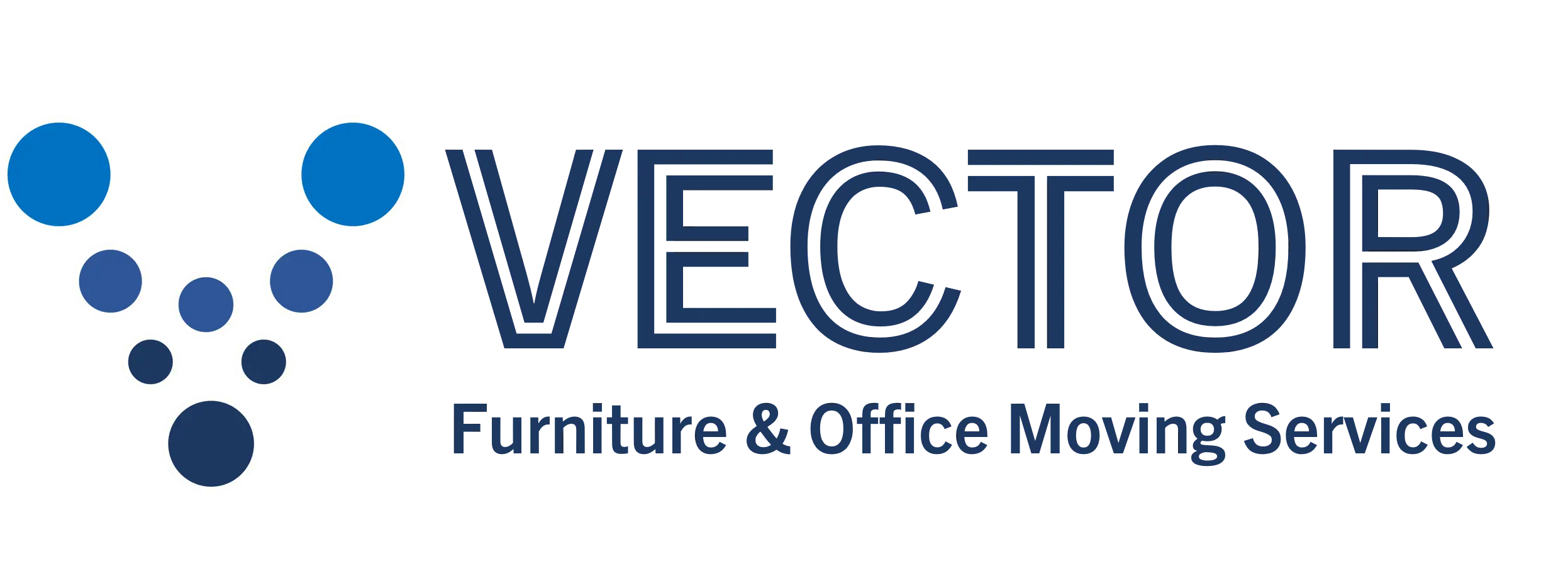This guide offers a streamlined approach to office moving, tailored to meet the diverse needs of various businesses in 2024. The landscape of how we work has evolved, leading many businesses to reconsider their office spaces. Whether moving to serviced offices or embracing a hybrid workforce, effective communication, and thorough preparation are essential.
Pre-Move Planning For Office Moving (12-18 Months Prior)
- Lease Review and Space Selection: Review your current lease to understand potential costs and responsibilities. Choose a new space that aligns with your business’s growth, sustainability needs, workspace design preferences, and technological requirements.
- IT and Equipment Logistics: Plan the relocation of electronic equipment and IT infrastructure to minimize workflow disruption.
Budgeting and Team Assembly
- Set a Moving Budget: Establish a budget to guide your move, helping you manage expenses effectively.
- Form a Planning Team: Delegate tasks and responsibilities for a seamless move.
Communication Strategy (3-4 Months Prior)
- Internal and External Notifications: Inform your current landlord and employees about the move. Update clients, partners, and service providers, providing a change-of-address list.
Preparation Stage (2 Months Prior)
- Inventory and New Furniture: Catalog current office furniture to determine what to keep, discard, or donate. If new furniture or equipment is needed, place orders well in advance.
- Storage and Layout Planning: Secure external storage if needed. Create detailed floor plans for the new space.
Moving Day Logistics
- Internet and IT Setup: Prioritize internet access and schedule setup for phone systems. Plan for the installation of new IT infrastructure.
- Moving Day Coordination: Oversee the placement of items according to a color-coded floor plan. Keep an emergency contact list handy.
Post-Move Setup
- Finalizing the New Office: Clearly mark different areas and set up all technological equipment. Revise your company’s website and internal contact lists with the new address.
Closing Old Agreements
- Lease and Insurance Finalization: Ensure old leases are concluded and new ones are in place. Collect deposits from the old premises and manage the distribution of new keys and access cards.
Tailoring Advice for Different Scenarios
- Small Startups vs. Large Corporations: Startups might opt for DIY approaches (budget-friendly office move). Large corporations should consider professional office moving services.
Technical Terms Explained
- Office Move Planning: The strategic process of coordinating the relocation of an office.
- IT Systems: The network of computers, servers, and technological infrastructure essential for a company’s operations.
Considerations for Different Budgets
- Budget-Conscious Moves: Encourage DIY packing, negotiate with multiple movers.
- Larger Budgets: Invest in full-service movers and comprehensive moving insurance.
Transparency and Bias Disclosure While this guide provides general advice, it’s important to consider that different businesses have unique needs. We acknowledge that some recommendations might lean towards serviced office solutions, but we strive to offer unbiased information.
Ready to Simplify Your Business Move? Contact Vector Installation Service today for a free consultation!
—
Visit us at Vector Installation Services for helpful resources and to learn more about our services.


